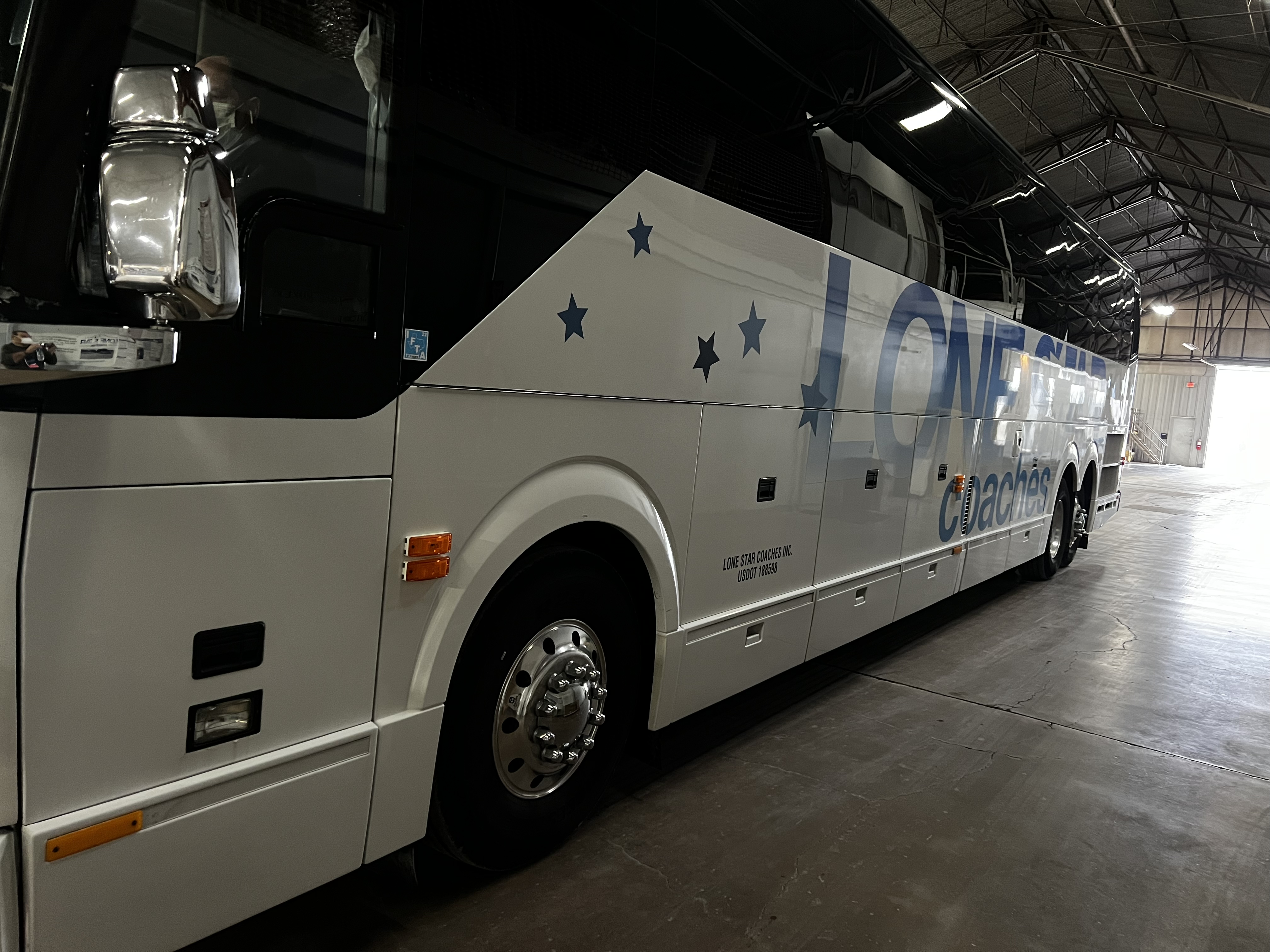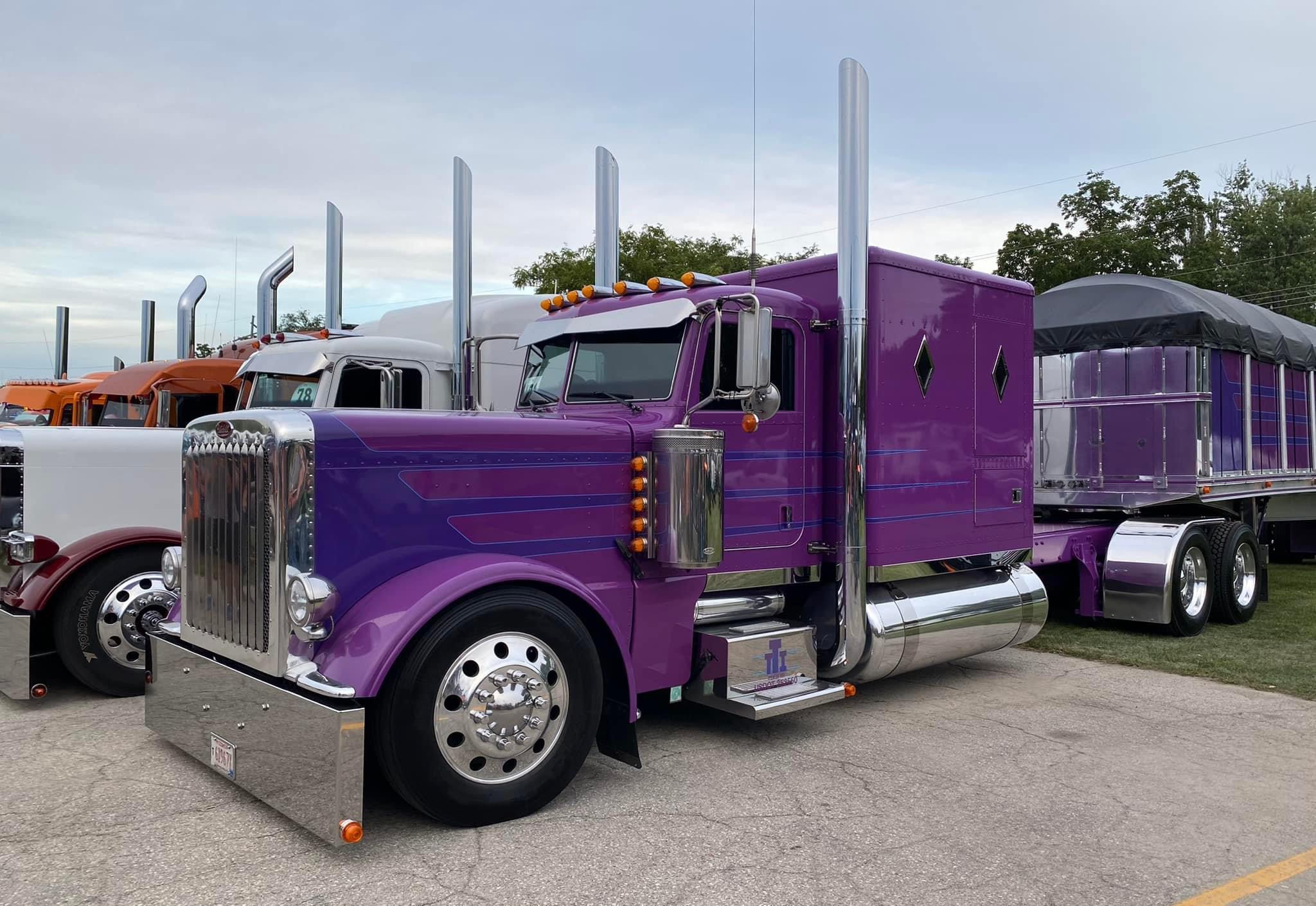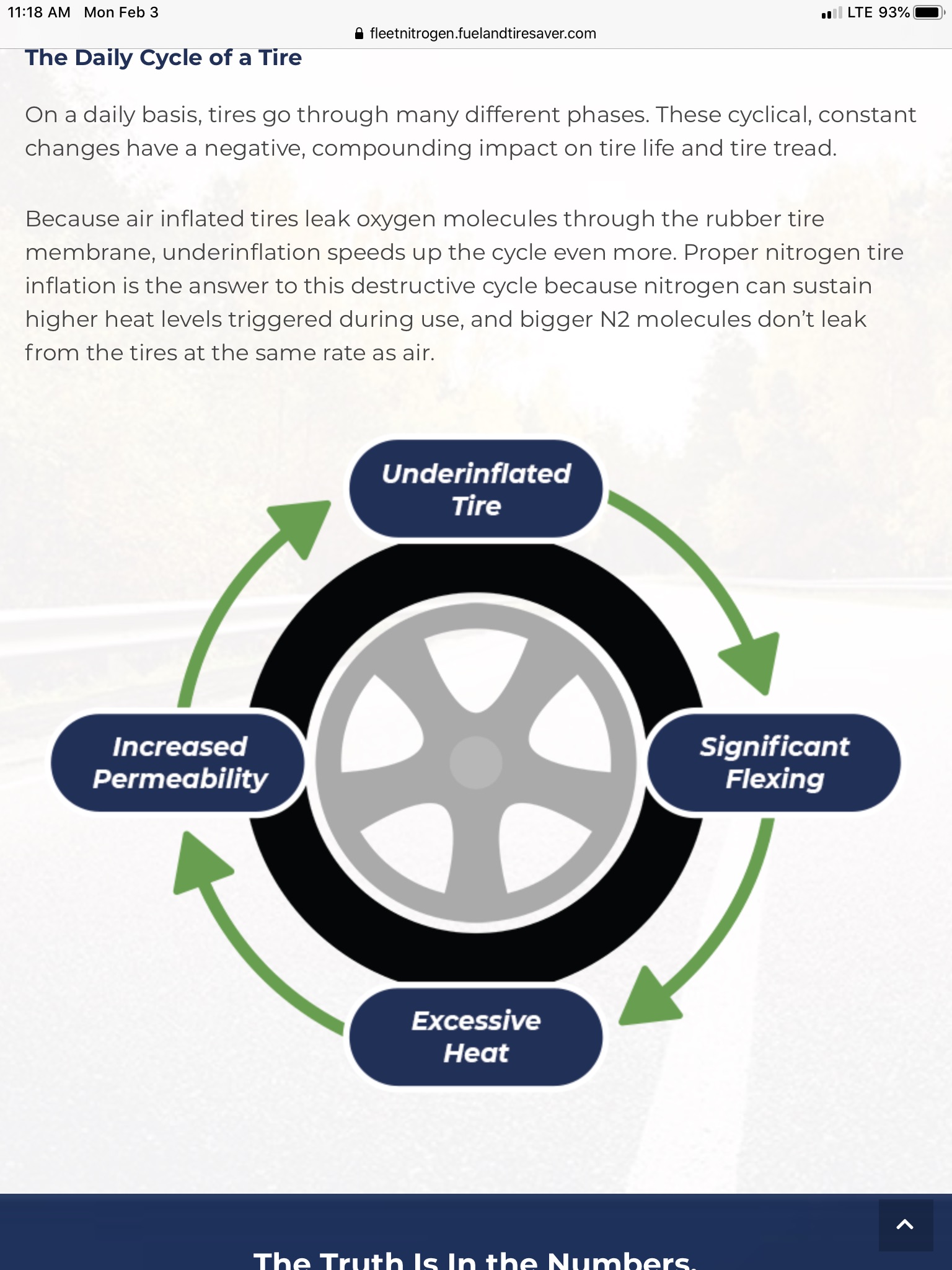In the realm of modern trucking, *tire optimization* is not just a luxury—it’s a necessity. The advent of patented tire optimization with AST (Adaptive Tire Set) pressures marks a significant leap forward in ensuring that truck fleets operate *efficiently* and *safely*. This revolutionary approach involves using advanced algorithms to adjust tire pressures dynamically, based on various factors such as load weight, road conditions, and weather. By fine-tuning the pressure in each tire, AST technology helps in reducing rolling resistance, thereby enhancing *fuel efficiency* and reducing greenhouse gas emissions.
Implementing this patented technology means that truck fleets can experience an increase in *tire lifespan*, thanks to the consistent and optimal pressure maintenance. This not only translates to significant savings on tire replacements but also ensures that the tires perform more reliably, reducing the risk of blowouts and accidents. In turn, this boosts the safety of the vehicles for both drivers and other road users.
Beyond the practical benefits, the environmental impact is profound. By optimizing tire pressures, fuel consumption is minimized, leading to a reduction in the carbon footprint of each vehicle. This makes *patented tire optimization with AST* a critical component in the drive towards sustainable and eco-friendly transportation solutions.
For truck fleet operators looking to embrace this groundbreaking technology, understanding its full potential is crucial. To learn more about how our services can enhance your fleet’s performance, request fleet pricing, contact our office at (703) 429-0382, or email Mike.LoPresti@fuelandtiresaver.com.
Table of Contents
ToggleBenefits of AST Adaptive Tire Set Pressures

The implementation of AST Adaptive Tire Set pressures offers a multitude of benefits that can significantly enhance the operational efficiency of truck fleets. One of the primary advantages is the marked improvement in *fuel efficiency*. By maintaining optimal tire pressures consistently, AST technology reduces the rolling resistance that typically causes increased fuel consumption. This not only leads to substantial cost savings for fleet operators but also contributes to a more sustainable environment.
Another critical benefit is the extension of *tire lifespan*. With AST’s dynamic pressure adjustments, tires wear more evenly, preventing the premature deterioration that can result from underinflation or overinflation. As a result, fleet operators can expect fewer tire replacements, reducing maintenance costs and minimizing downtime.
Safety is also significantly enhanced through the use of AST technology. Properly inflated tires provide better traction, stability, and braking performance, reducing the likelihood of accidents. In addition, by preventing blowouts and other tire-related failures, AST helps to protect both drivers and other road users.
Moreover, the environmental impact of adopting AST pressures cannot be overstated. By optimizing fuel usage and extending tire life, fleets contribute to a reduction in carbon emissions and resource consumption, aligning with global efforts to combat climate change.
In essence, the benefits of AST Adaptive Tire Set pressures extend beyond mere cost savings. They represent a comprehensive approach to fleet management that prioritizes *efficiency*, *safety*, and *sustainability*, providing a strategic advantage in the competitive transportation industry.
How AST Technology Enhances Fuel Efficiency

AST Technology plays a pivotal role in enhancing fuel efficiency, a critical factor in the cost management of any trucking fleet. The secret lies in its ability to maintain optimal tire pressures through constant monitoring and adjustment. Underinflated tires significantly increase rolling resistance, which in turn forces engines to work harder, burning more fuel. By ensuring that all tires are at the perfect pressure, AST technology reduces this resistance, leading to a noticeable decrease in fuel consumption.
Furthermore, AST technology adapts to varying road conditions and loads, providing a dynamic tire pressure solution that conventional methods cannot match. As trucks travel over different terrains or carry varying loads, the demands on tires change. AST systems automatically adjust the pressures to suit these conditions, ensuring peak performance at all times. This adaptability not only saves fuel but also enhances the overall driving experience by improving handling and stability.
Another aspect where AST technology aids in fuel efficiency is by preventing the common issue of heat buildup. When tires are improperly inflated, they generate excess heat, leading to increased friction and, consequently, higher fuel consumption. AST technology minimizes this risk by keeping tires within their optimal temperature range, contributing to better fuel economy.
By integrating AST technology, fleet operators can achieve a significant reduction in fuel costs, which often represent one of the largest expenses in trucking operations. This technological advancement not only boosts the bottom line but also supports environmental goals by reducing the carbon footprint of fleet operations.
Impact of Proper Tire Pressures on Safety

Maintaining proper tire pressures is not merely a matter of efficiency; it is a crucial component of road safety. The relationship between tire pressure and vehicle safety is well-documented, as incorrect tire pressures can lead to hazardous situations. When tires are underinflated, the increased friction and heat can cause tire blowouts, leading to potentially catastrophic accidents. On the other hand, overinflated tires may reduce the contact area with the road, leading to decreased traction and control, especially in adverse conditions.
Proper tire pressures, maintained through systems like AST technology, ensure optimal contact between the tire and the road surface. This contact is essential for maintaining control over the vehicle, especially during sudden maneuvers or emergency stops. Adequate tire pressures improve braking distance, cornering capabilities, and overall vehicle stability, significantly reducing the likelihood of accidents.
In addition, correct tire pressures can prevent uneven tire wear. Uneven wear can lead to imbalances and vibrations, which compromise the handling of the vehicle. By ensuring uniform wear, trucks maintain a steady ride, enhancing the safety of both the driver and other road users.
Another safety concern linked to tire pressure is hydroplaning, which occurs when a layer of water builds up between the tires and the road surface, leading to a loss of traction. Properly inflated tires can effectively channel water away, reducing the risk of hydroplaning and ensuring safer travels in wet conditions.
Overall, maintaining the right tire pressures is a fundamental safety measure that cannot be overlooked in fleet management. It safeguards drivers, cargo, and the surrounding traffic, making it an essential practice in promoting road safety.
Extending Tire Lifespan with AST Technology
In the trucking industry, where operating costs are meticulously scrutinized, extending the lifespan of tires is a paramount concern. AST Technology, which stands for Adaptive Set Tire pressures, offers an innovative solution to this challenge. By using patented tire optimization with AST, fleets can significantly enhance tire longevity, translating into substantial cost savings.
One of the primary ways AST Technology extends tire lifespan is by maintaining consistent and optimal tire pressures. Tires that are kept at the correct pressure experience less irregular wear, a common issue that can drastically reduce the usable life of a tire. Consistent pressure helps ensure that the tire tread wears evenly, maximizing the tire’s potential mileage before replacement is necessary.
Moreover, AST Technology can adapt to varying load conditions and road environments, adjusting tire pressures accordingly. This adaptability further minimizes stress on the tires. When tires are not subjected to undue stress from improper inflation, the risks of structural damage and tread separation are significantly reduced, both of which are key contributors to premature tire failure.
Additionally, the use of nitrogen inflation as part of AST Technology can contribute to extending tire lifespan. Nitrogen maintains tire pressure more consistently than regular air, preventing pressure fluctuations that can lead to increased wear and tear. This stability is critical in maintaining tire integrity over time.
By integrating AST Technology into their fleet management practices, companies not only protect their investment in tires but also ensure a more reliable and safe fleet operation. The reduction in tire replacement frequency not only saves money but also contributes to environmental conservation by reducing the number of tires discarded prematurely.
Environmental Advantages of AST Optimized Tires

In today’s world, where environmental responsibility is more crucial than ever, adopting technologies that contribute to sustainability is vital. AST optimized tires offer a range of *environmental advantages* that align with eco-friendly practices and help reduce the carbon footprint of trucking operations.
First and foremost, **patented tire optimization with AST** enhances fuel efficiency. Properly inflated tires reduce rolling resistance, which directly contributes to better fuel economy. This not only helps in cutting down operating costs but also results in lower greenhouse gas emissions, a win-win for both the business and the environment.
Moreover, the longevity of tires optimized with AST Technology means fewer tires end up in landfills. The tire manufacturing process is resource-intensive, and by extending the life of each tire, fleets contribute to a reduction in natural resource consumption. This effort goes a long way in minimizing the environmental impact associated with tire production and disposal.
Another significant advantage of AST optimized tires is their consistent performance, which ensures safer driving conditions. Safer tires mean fewer accidents, which in turn reduces the environmental damage from road incidents, such as fuel spills and debris.
By choosing AST optimized tires, companies are making a conscious decision to support the environment while simultaneously improving their operational efficiency. It’s a strategic move that reflects a commitment to sustainable practices.
To learn more about integrating AST Technology into your fleet and to take advantage of these environmental benefits, request fleet pricing, contact our office at (703) 429-0382, or email Mike.LoPresti@fuelandtiresaver.com. Join us in making a positive impact on the planet while optimizing your fleet’s performance.


